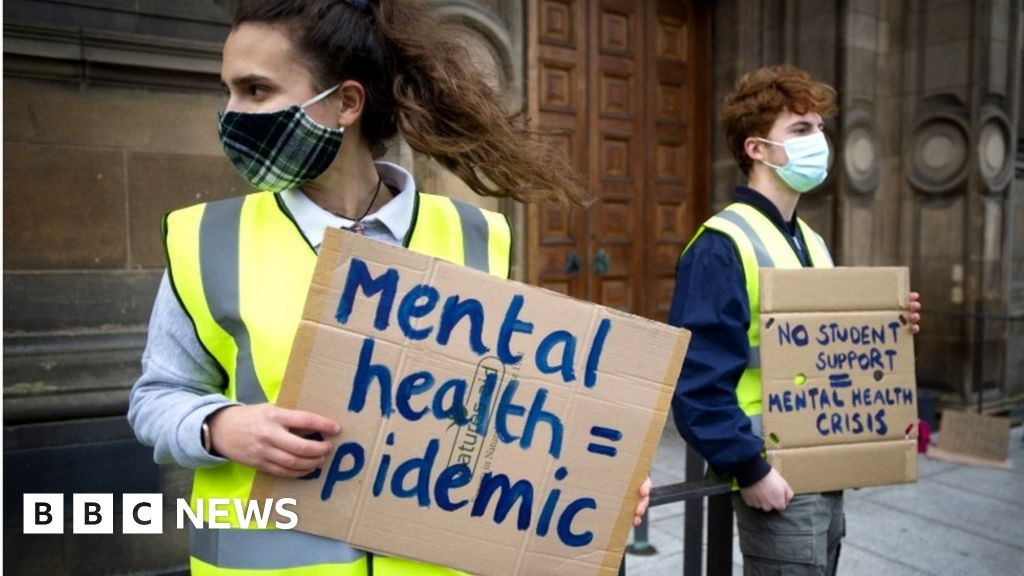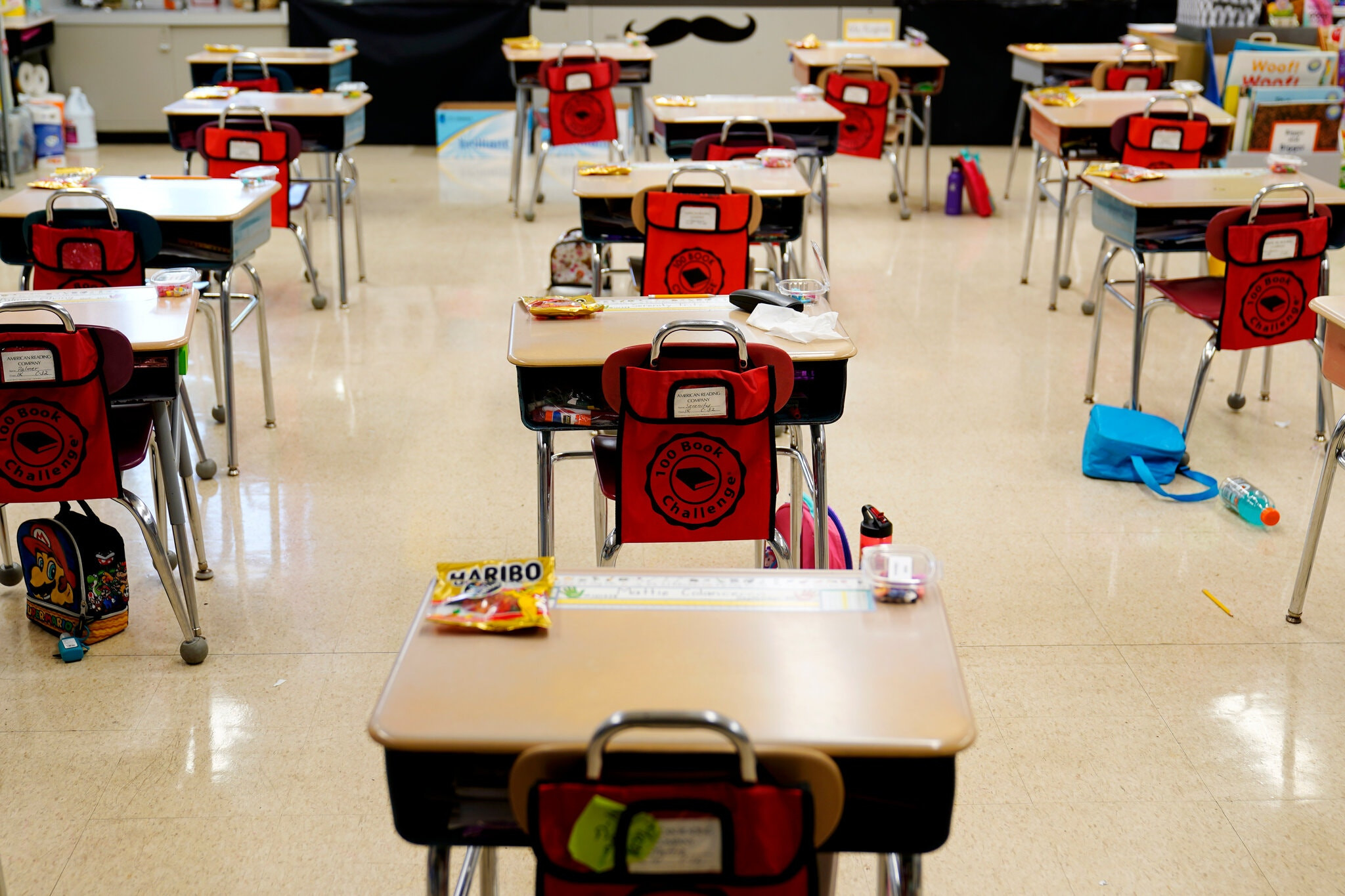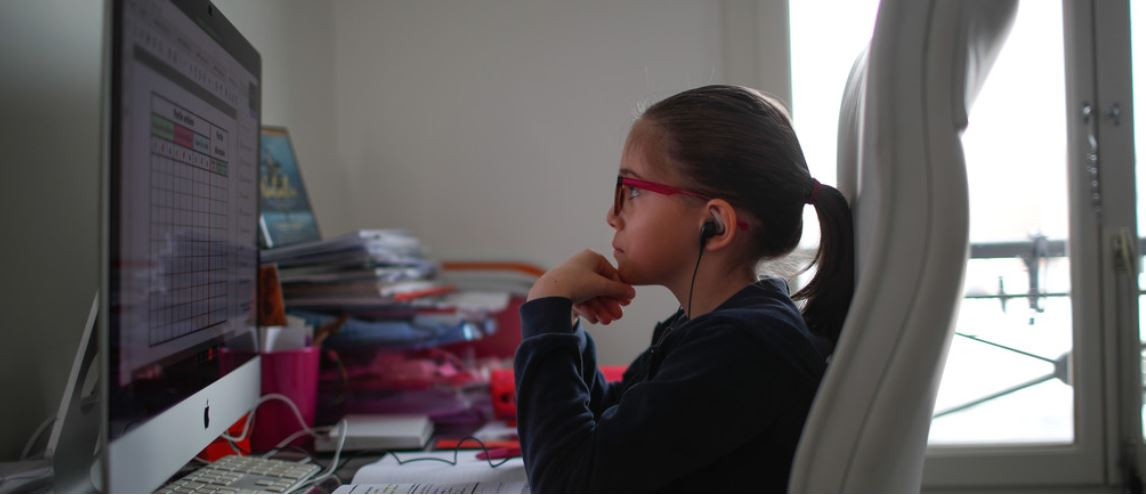School Place Crisis: UK Councils Slash Admissions Amidst Post-Pandemic Birth Rate Plunge
The UK is facing a school place crisis, with several local councils announcing plans to reduce admissions at primary schools. This unexpected development is a direct consequence of the significant dip in birth rates experienced during the COVID-19 pandemic. The impact is rippling across the country, forcing local authorities to grapple with surplus capacity and re-evaluate resource allocation.
Falling Enrolment Numbers: A National Trend
Walsall Council, in the West Midlands, has spearheaded this trend. They've proposed reducing admissions at three primary schools: Salisbury Primary School, Rosedale Infant School, and Pelsall Village School. This decision follows a concerning decrease in reception-year enrolment numbers. Councillor Pardeep Kaur, portfolio holder for education and skills at Walsall Council, explained, “These proposals form part of our statutory duty to ensure that all Walsall children have a school place within the borough. It’s recommended that we reduce the numbers at three primary schools because we’re seeing fewer children enter Reception. From looking at the data, it indicates a surplus of places over the next few years, so we want to match the data accordingly. This is happening in many places across the country due to a dip in birth rates during the pandemic.” The consultation period for these proposals commenced on November 18th, 2024, closing on January 10th, 2025, with any changes taking effect from September 2026.
This decision isn't isolated to Walsall. In Wrexham, Wales, a similar situation is unfolding. Wrexham Council's Executive Board approved a consultation to cut pupil admission numbers at three primary schools: Acton CP, Wats Dyke CP, and Barkers Lane CP. The council cited the declining birth rate and a 20.9% surplus capacity in Wrexham's primary schools as primary reasons. The consultation, running from November 25th, 2024, to January 17th, 2025, aims to address the surplus capacity and ensure efficient resource allocation. Councillor Phil Wynn, lead member for education in Wrexham, highlighted that these schools have consistently enrolled fewer students than their published admission numbers (PAN) in recent years. The proposed changes would see admission numbers drop from 60 to 30 at Acton CP and from 45 to 30 at Barkers Lane and Wat's Dyke. The council believes the reduction will help address the surplus capacity, provide an appropriate solution to meet local demand, and ultimately improve educational standards. However, concerns were raised about potential future housing developments that might alter the situation. Cllr Stella Matthews emphasized that this is something that should be taken into consideration during the planning process. This highlights the delicate balancing act between reacting to current data and planning for future growth and demographic changes.
The contrasting situations between primary and secondary schools in Walsall further highlight the complexity of the issue. While primary schools face a surplus of places, Walsall Council recently approved £4.8 million to increase secondary school places, addressing a deficit of 286 places by 2028. This shows a significant imbalance in demand across different age groups.
The Pandemic's Lingering Shadow
The pandemic's impact on birth rates is a key driver in these decisions. A drop in births translates directly into fewer children needing school places a few years later. This is a national trend, reflecting similar situations across the UK and Wales. Data from the 2021 census in Wales shows that population growth has been slower than in England, further supporting the narrative of changing demographics impacting school capacities. Wrexham, specifically, witnessed a marginal population increase of just 0.2% since 2011, a figure lower than the overall Welsh average, underscoring the localized nature of this issue. This highlights the necessity for flexibility and adaptability in educational planning to account for unexpected demographic shifts.
The Consultation Process: A Necessary Step
The consultations initiated by both Walsall and Wrexham councils represent a commitment to transparency and community engagement. Both councils are actively seeking input from parents, school staff, and the broader community. Wrexham's proactive approach includes making a child-friendly version of the consultation document, demonstrating their commitment to inclusivity and the value of children's voices in decision-making. While these consultations are essential for informed decision-making, the inherent challenges in accurately forecasting future population trends and shifts are undeniable. This underlines the need for ongoing monitoring and adaptation of school capacities in response to evolving community needs.
Looking Ahead: Navigating Uncertainties
While the reduction in school admissions is a necessary response to the current situation, local authorities face the ongoing challenge of balancing short-term solutions with long-term planning. The unpredictable nature of birth rates and population growth makes precise forecasting nearly impossible. The need for flexibility in admission numbers, as evidenced by Cllr Wynn's comments regarding the potential for future increases in PANs as new housing developments come online, emphasizes a proactive approach to education planning. Striking a balance between efficient resource allocation and the provision of sufficient school places remains a critical task for the coming years. The need for ongoing evaluation and adaptations based on the latest data is essential, not merely to overcome the immediate challenges of surplus capacity, but to ensure the continuous provision of high-quality education for all children.
A Balancing Act: Meeting Current Needs While Planning for the Future
The decisions made by Walsall and Wrexham councils highlight the crucial balancing act between managing current surplus capacity and planning for future uncertainties. While the decline in birth rates justifies the proposed reduction in admissions, the need for flexibility remains paramount. As new housing developments shape the local landscape, the capacity of schools may need to be reevaluated, potentially reversing the current reductions. This highlights the importance of data-driven decision-making combined with a commitment to community involvement. This strategy ensures the continuous provision of quality education that is both sustainable and responsive to the ever-evolving needs of the community. The situation underscores the multifaceted and dynamic nature of education planning in the modern era, underscoring the need for consistent review and adaptability to ensure equitable access to education for all.



















